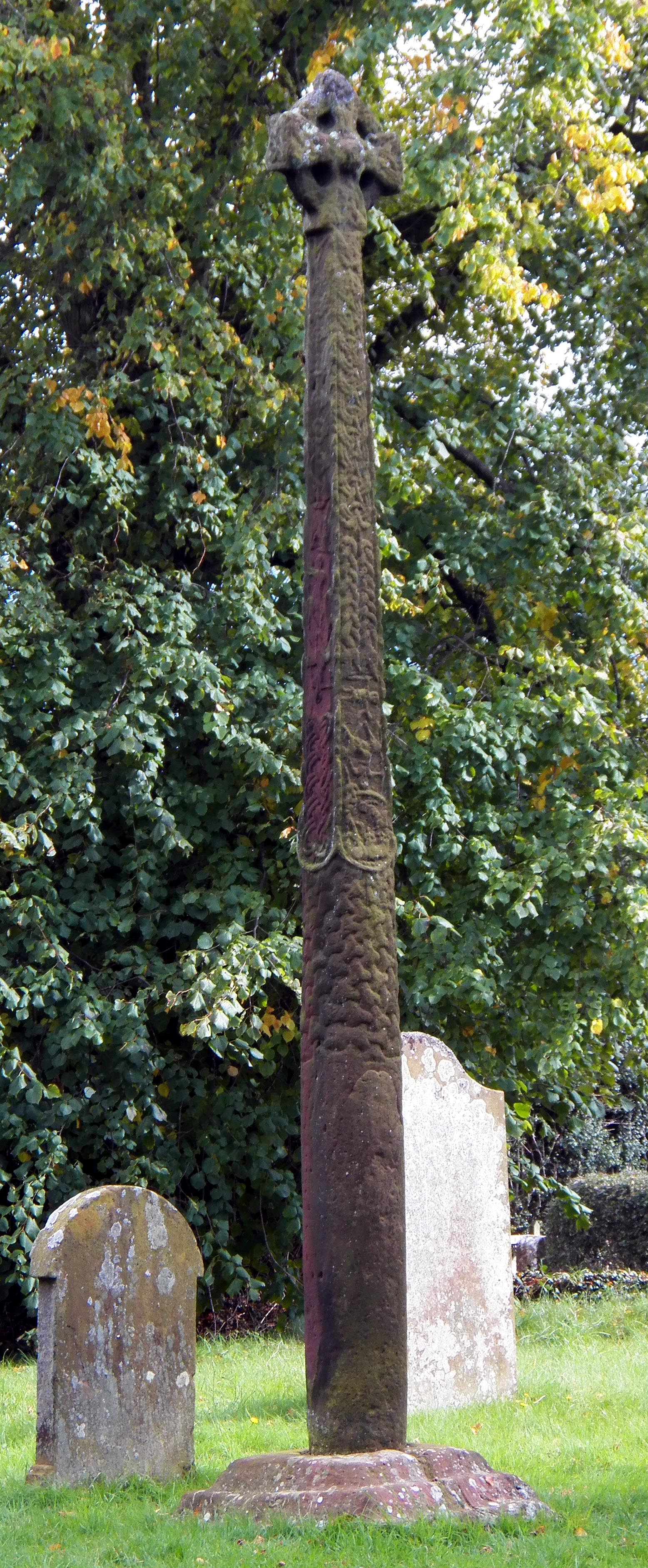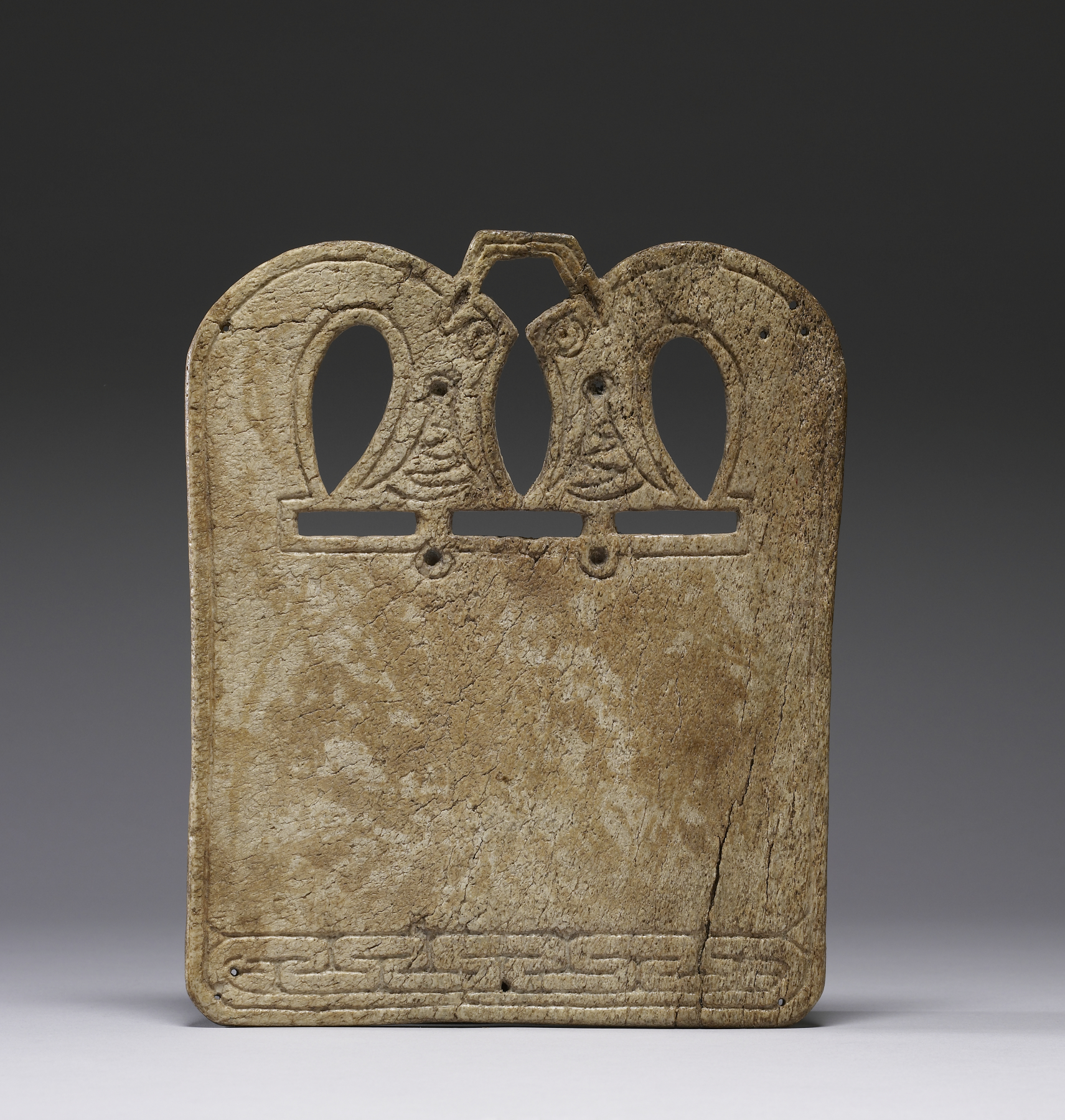|
Altuna Runestone
The Altuna Runestone (''Altunastenen''), listed as U 1161 in the Rundata catalog, is a Viking Age memorial runestone with images from Norse mythology that is located in Altuna, Uppland, Sweden. Description The Altuna Runestone is a granite stone in height that was discovered in 1918 by a local historian in the wall of a chapel located near its current location. Before the historical significance of runestones was recognized, they were often used as materials in the construction of roads, bridges, walls, and buildings. It is one of few surviving runestones with exclusively pagan illustrations from Norse mythology. Most surviving runestones were raised during the 11th century after the Christianization of Sweden, and they were raised by people who wanted to show that they too adhered to the new faith, at least outwardly so, due to the fact that at least half of the runestones have inscriptions related to Christianity. One side of the Altuna Runestone, however, illustrates a ... [...More Info...] [...Related Items...] OR: [Wikipedia] [Google] [Baidu] |
Jötunn
A (also jotun; in the normalised scholarly spelling of Old Norse, ; ; plural / ) or, in Old English, (plural ) is a type of supernatural being in Germanic mythology. In Norse mythology, they are often contrasted with gods (Æsir and Vanir) and other non-human figures, such as dwarfs and elves, although the groupings are not always mutually exclusive. The entities themselves are referred to by several other terms, including , (or ) and if male and or if female. The typically dwell across boundaries from the gods and humans in lands such as . The are frequently attested throughout the Old Norse record, with also featuring in the Old English epic poem ''Beowulf''. The usage of the terms is dynamic, with an overall trend that the beings become portrayed as less impressive and more negative as Christianity becomes more influential. Although the term "giant" is sometimes used to gloss the word "" and its apparent synonyms in some translations and academic texts, are not ... [...More Info...] [...Related Items...] OR: [Wikipedia] [Google] [Baidu] |
Scandinavia
Scandinavia; Sámi languages: /. ( ) is a subregion in Northern Europe, with strong historical, cultural, and linguistic ties between its constituent peoples. In English usage, ''Scandinavia'' most commonly refers to Denmark, Norway, and Sweden. It can sometimes also refer more narrowly to the Scandinavian Peninsula (which excludes Denmark but includes part of Finland), or more broadly to include all of Finland, Iceland, and the Faroe Islands. The geography of the region is varied, from the Norwegian fjords in the west and Scandinavian mountains covering parts of Norway and Sweden, to the low and flat areas of Denmark in the south, as well as archipelagos and lakes in the east. Most of the population in the region live in the more temperate southern regions, with the northern parts having long, cold, winters. The region became notable during the Viking Age, when Scandinavian peoples participated in large scale raiding, conquest, colonization and trading mostly throughout Eu ... [...More Info...] [...Related Items...] OR: [Wikipedia] [Google] [Baidu] |
Quickfire
Arson in medieval Scandinavia ( Old Norse ''hús-brenna ''or ''hús-bruni, ''"house-burning") was a technique sometimes employed in blood feuds and political conflicts in order to assassinate someone. In committing arson, a group of attackers would set fire to the home of an opponent, sometimes by quickly and surreptitiously piling wood, brush and other combustible materials against the exterior of a dwelling and set it on fire. Typically the attackers would surround the house to prevent the escape of its inhabitants, although women, the elderly, and small children were sometimes allowed to leave.''Njal's Saga'' § 129. In Iceland Under Icelandic law as codified in the Gragas, quickfire could be punished by death only if the arsonists were killed in the act. However, if captured alive the arsonists had to be tried and sentenced to outlawry, even if they were '' thralls''. Failure to observe these formalities could result in the killer of quickfire-arsonists being prosecuted hi ... [...More Info...] [...Related Items...] OR: [Wikipedia] [Google] [Baidu] |
Arson
Arson is the crime of willfully and deliberately setting fire to or charring property. Although the act of arson typically involves buildings, the term can also refer to the intentional burning of other things, such as motor vehicles, watercraft, or forests. The crime is typically classified as a felony, with instances involving a greater degree of risk to human life or property carrying a stricter penalty. Arson which results in death can be further prosecuted as manslaughter or murder. A common motive for arson is to commit insurance fraud. In such cases, a person destroys their own property by burning it and then lies about the cause in order to collect against their insurance policy. A person who commits arson is referred to as an arsonist, or a serial arsonist if arson has been committed several times. Arsonists normally use an accelerant (such as gasoline or kerosene) to ignite, propel and directionalize fires, and the detection and identification of ignitable ... [...More Info...] [...Related Items...] OR: [Wikipedia] [Google] [Baidu] |
Gosforth Cross
The Gosforth Cross is a large stone monument in St Mary's churchyard at Gosforth in the English county of Cumbria, dating to the first half of the 10th century AD. Formerly part of the kingdom of Northumbria, the area was settled by Scandinavians some time in either the 9th or 10th century. It has gained reputation for its combination of Christian symbols with Nordic symbols, being a tangible piece of evidence of the impact of the Christianization of Scandinavia. Description The Gosforth Cross has elaborate carvings which have been interpreted as representing characters and scenes from Norse mythology, similarly to how the Jelling stones in Denmark depict Jesus with other Norse mythological characters. Its design is modelled after the cross design that originated during the Christianization of Ireland. The Gosforth Cross was first identified in 1886 by the amateur antiquarian Charles Arundel Parker in his book ''The Ancient Crosses at Gosford and Cumberland''. He demonstrated ... [...More Info...] [...Related Items...] OR: [Wikipedia] [Google] [Baidu] |
Hørdum Stone
The Hørdum stone is a Viking Age picture stone discovered in Hørdum, Thisted Municipality, North Denmark Region, Denmark, that depicts a legend from Norse mythology involving the god Thor and Jörmungandr, the Midgard serpent. Description The Hørdum stone was discovered in 1954 during trench work adjacent to the church in Hørdum. Before the historical significance of runestones and picture stones was understood, they were often reused as materials in the construction of roads, bridges, walls, and buildings. The image on the stone illustrates a legend recorded in the '' Hymiskviða'' of the ''Poetic Edda'', in which the Norse god Thor fishes for Jörmungandr, the Midgard serpent. Thor goes fishing with the jötunn Hymir using an ox head for bait, and catches Jörmungandr, who then either breaks loose or, as told in the ''Gylfaginning'' of the ''Prose Edda'', the line is cut loose by Hymir. The ''Prose Edda'' provides the additional detail that while Thor was pulling on the line ... [...More Info...] [...Related Items...] OR: [Wikipedia] [Google] [Baidu] |
Ardre Image Stones
The Ardre image stones are a collection of ten rune and image stones, dated to the 8th to 11th centuries, that were discovered at Ardre Church, in Ardre, Gotland, Sweden. The principal edition is by Sune Lindqvist. Description The Ardre image stones were re-used as paving under the wooden floors of the local church in the Ardre parish of Gotland. Before the historical significance of rune and image stones was understood or appreciated, they were often used as materials in the construction of roads, bridges, and buildings. The image stones were re-discovered when the church was being restored around 1900. The stones are now preserved in the Swedish Museum of National Antiquities in Stockholm. Ardre VIII The largest and most noted of the stones is the Ardre VIII stone, dated to the 8th or 9th century, depicts scenes from Norse mythology, notably the Lay of Weyland the smith, Thor fishing for Jörmungandr, the punishment of Loki for the death of Baldr, and Odin riding to Valh ... [...More Info...] [...Related Items...] OR: [Wikipedia] [Google] [Baidu] |
Picture Stone
A picture stone, image stone or figure stone is an ornate slab of stone, usually limestone, which was raised in Germanic Iron Age or Viking Age Scandinavia, and in the greatest number on Gotland.The article ''Bildstenar'' in ''Nationalencyklopedin'' (1990).Hadenius, Stig; Nilsson, Torbjörn; Åselius, Gunnar (1996) ''Sveriges historia: vad varje svensk bör veta''. Bonnier Alba, Borås. p. 28. More than four hundred picture stones are known today.A presentation at the County Museum of Gotland. All of the stones were probably erected as memorial stones, but only rarely beside graves. Some of them have been positioned where many people could see them at bridges and on roads. They mainly differ from |
Norse Art
Viking art, also known commonly as Norse art, is a term widely accepted for the art of Scandinavian Norsemen and Viking settlements further afield—particularly in the British Isles and Iceland—during the Viking Age of the 8th-11th centuries. Viking art has many design elements in common with Celtic, Germanic, the later Romanesque and Eastern European art, sharing many influences with each of these traditions. Generally speaking, the current knowledge of Viking art relies heavily upon more durable objects of metal and stone; wood, bone, ivory and textiles are more rarely preserved. The artistic record, therefore, as it has survived to the present day, remains significantly incomplete. Ongoing archaeological excavation and opportunistic finds, of course, may improve this situation in the future, as indeed they have in the recent past. Viking art is usually divided into a sequence of roughly chronological styles, although outside Scandinavia itself local influences are of ... [...More Info...] [...Related Items...] OR: [Wikipedia] [Google] [Baidu] |
Motif (visual Arts)
In art and iconography, a motif () is an element of an image. The term can be used both of figurative and narrative art, and ornament and geometrical art. A motif may be repeated in a pattern or design, often many times, or may just occur once in a work. A motif may be an element in the iconography of a particular subject or type of subject that is seen in other works, or may form the main subject, as the Master of Animals motif in ancient art typically does. The related motif of confronted animals is often seen alone, but may also be repeated, for example in Byzantine silk and other ancient textiles. Where the main subject of an artistic work such as a painting is a specific person, group, or moment in a narrative, that should be referred to as the "subject" of the work, not a motif, though the same thing may be a "motif" when part of another subject, or part of a work of decorative art such as a painting on a vase. Ornamental or decorative art can usually be analysed in ... [...More Info...] [...Related Items...] OR: [Wikipedia] [Google] [Baidu] |
The American-Scandinavian Foundation
The American-Scandinavian Foundation (ASF) is an American non-profit foundation dedicated to promoting international understanding through educational and cultural exchange between the United States and Denmark, Finland, Iceland, Norway, and Sweden. The Foundation's headquarters, Scandinavia House: The Nordic Center in America, is located at 58 Park Avenue, New York City. History ASF was founded in 1910 by the Danish-American industrialist Niels Poulson. It is a publicly supported 501(c)(3) non-profit organization that carries out an extensive program of fellowships, grants, intern and trainee J-1 visa sponsorship, publishing, membership offerings, and cultural events. The foundation is governed by a board of trustees of individuals from the United States and Scandinavia, representing diverse interests, yet linked by personal or professional ties to the Scandinavian countries. The five Nordic heads of state serve as the organization's patrons. Patrons * Carl XVI Gustaf of Swede ... [...More Info...] [...Related Items...] OR: [Wikipedia] [Google] [Baidu] |








